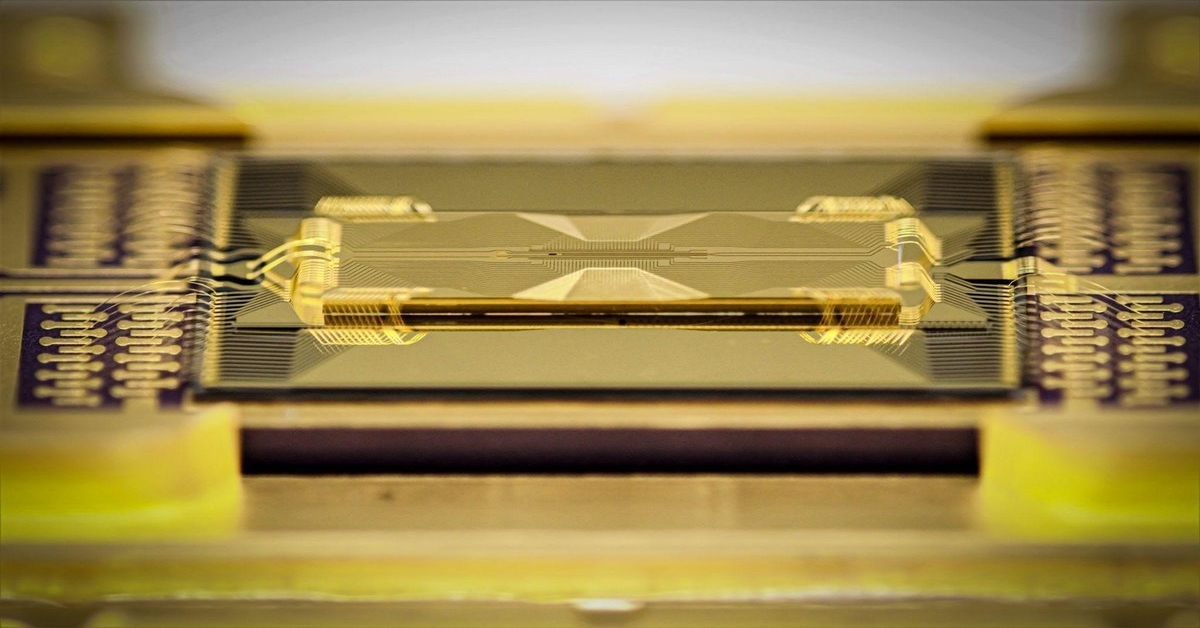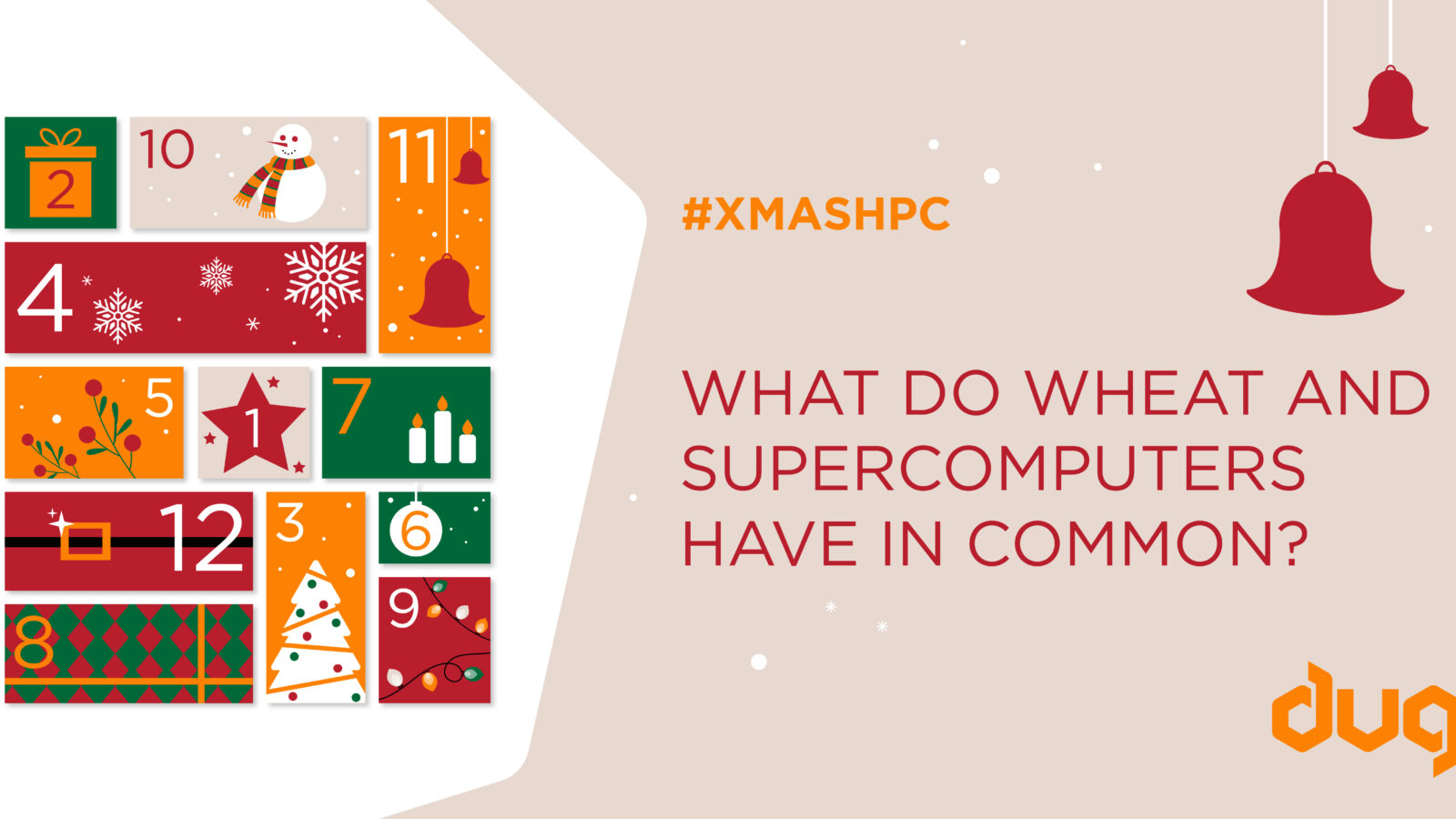The world of quantum computing has always been dominated by silicon chips. But now there’s a new player in town!
A close relative of silicon, glass, is beginning to shatter the grounds of the quantum realm. (It’s a close relative as glass is composed of silicate – silicon bound to two oxygen atoms)
IonQ, one of the leaders in quantum computing, has unveiled the industry’s first glass-based trapped-ion computing chip, in place of the traditional silicon chip.
Dubbed “reconfigurable multi-core quantum architecture (RMQA)”, the new technology is one of the different approaches explored towards building our quantum future.
A quantum trap!
In general, the trapped-ion technology uses – yes, you guessed it – ions as qubits instead of atoms.
The difference between an atom (say, the ytterbium used in IonQ quantum systems) and an ion is one electron. Removing the electron is part of the ‘trapping’ process, in which lasers are used to achieve this. This ionisation process leaves the atom with a positive electrical charge.
Once the atoms are transformed into ions, a specialised glass chip called a ‘linear ion trap’ is used to hold the ions precisely in 3D space. This trap has minuscule electrodes carefully designed, lithographed and controlled to generate electromagnetic forces that move and hold the ions in place, isolated from the environment to minimise environmental noise and decoherence. The ions are then further cooled and prepped, ready to perform computations, where information is processed and retrieved from the ions using sophisticated lasers.
For more detailed information regarding trapped-ion quantum technology, check out this article.
A quantum leap?
IonQ’s quantum chip demonstrated a total of 64 qubits – four individual chains of 16 qubits held in the ion trap. But only 48 of those qubits are available for compute, as the remaining 16 qubits (four in each chain of 16) are known as “refrigerant” ions. These ions are responsible for correcting system imperfections and fluctuations that might occur inside the chip.
Their technology has a couple of advantages compared to typical silicon-based chips. In silicon chips, stray electric fields on the chips could destabilise the delicate quantum states, reducing the fidelity and accuracy of quantum computation. Conversely, the glass design could ‘hide’ any material that could hold charge, making the trap more stable and functional for computation. In particular, IonQ claims the fidelity of their experimental results to be an impressive 99 %!
The chained trapped-ion approach also allows the quantum system to be scaled easily – just add more surface area that can hold the ion chains! In this way, hundreds of qubits on a single glass chip is relatively easy to achieve, without the fidelity, stability and connectivity loss that historically plagued very long chains of ions.
As part of IonQ’s roadmap for rapid scalability and increased quantum computing power, the RQMA technology shows quite a lot of promise that might advance quantum computing to a whole different level. And as momentum continues to build in the quantum realm, it’s exciting to see whether quantum computers will ultimately make it or break it.




































